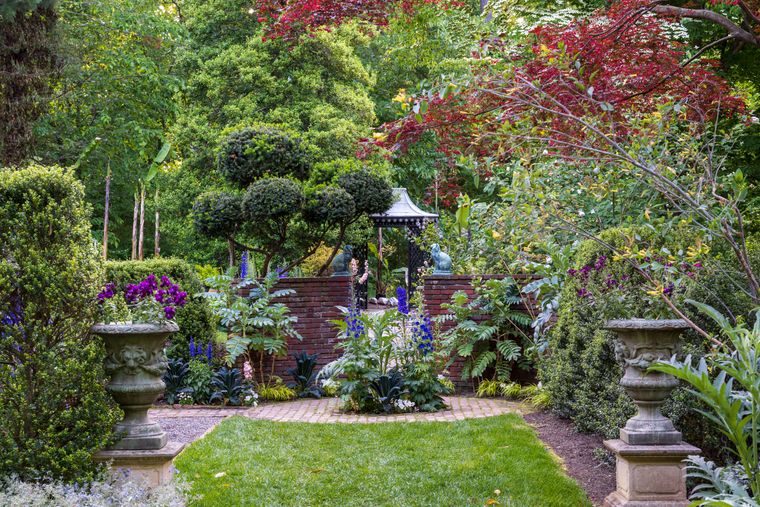
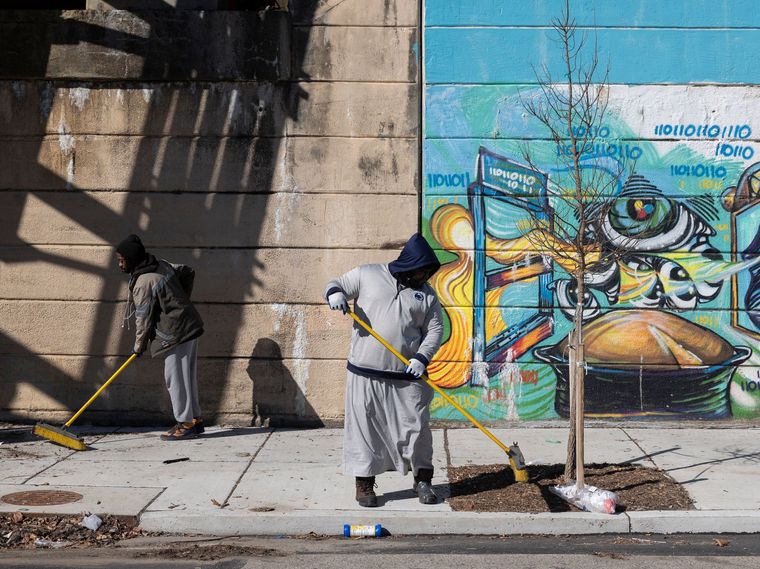
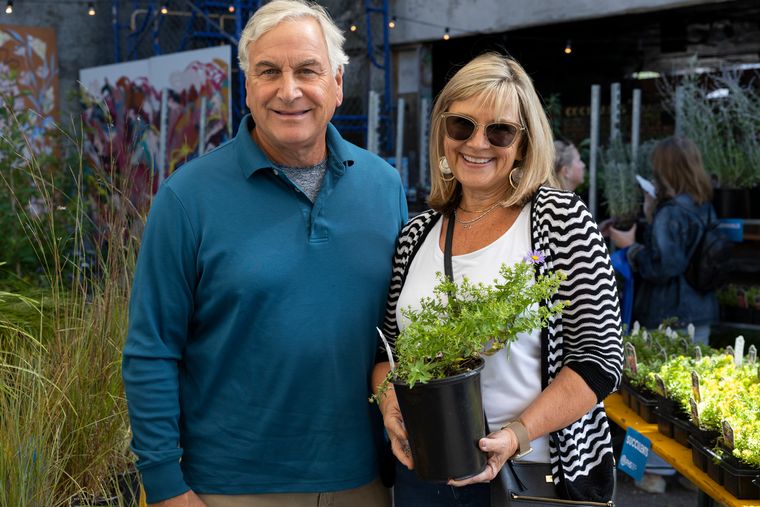
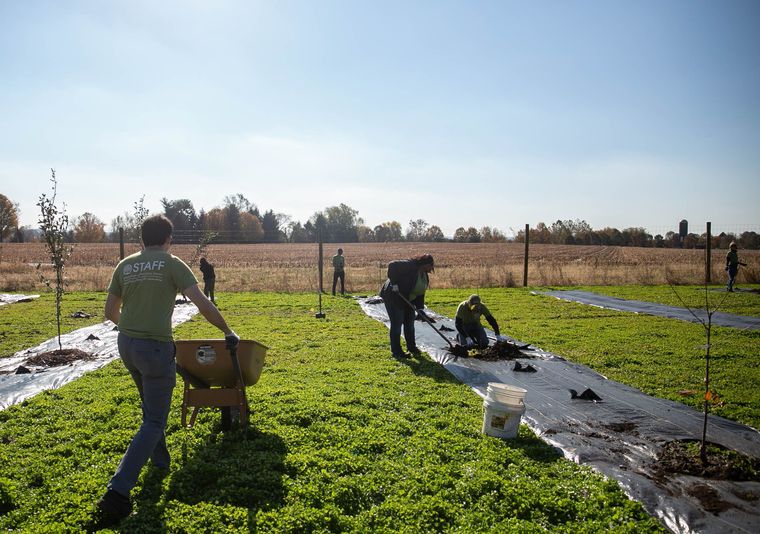
Thinking Ecologically: 7 Simple Ways to Make Your Community More Sustainable
sustainable gardening
gardening projects
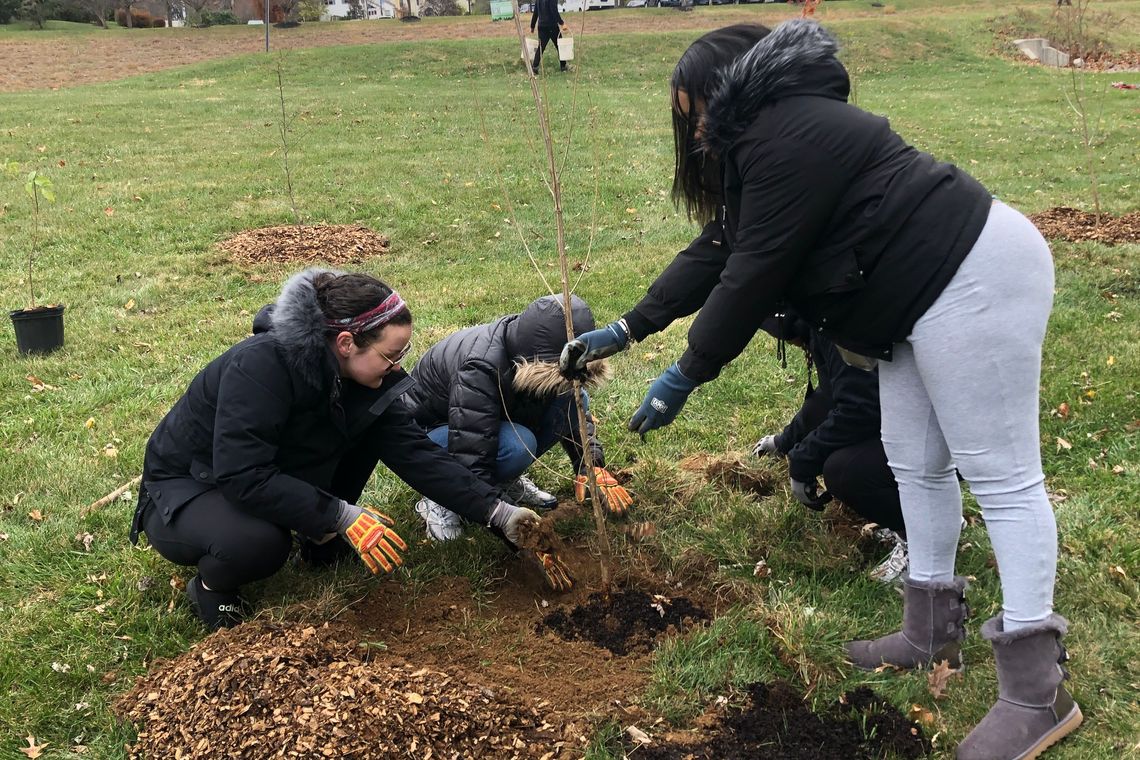
By Andrew Conboy, @andrew_the_arborist on social media
There are too many reasons to feel hopeless or defeated in today’s world, especially if you keep up to date with environmental news. On top of that, we are often told that our individual actions do not amount to significant change and that we are powerless in this fight.
Nonsense! I believe that we hold the power to combat many of these environmental issues, and that it all starts with individuals taking action on a small scale within their own communities. Not only that, but I believe that community building and positive feelings that often result from taking these small actions are critical for our physical and mental well-being.
In this brief blog, and in my upcoming Know to Grow: Everyday Actions for Greener Communities webinar, I want to provide some suggestions, ideas, and tips for getting started in native plant gardening or ecological restoration in your community. I want to get you thinking about things you can accomplish on your property, at your favorite local park, or even at your local municipal building. These actions will leave you feeling a bit more fulfilled, hopeful, and empowered.
Join us Dec 10, 5–6 pm, for Know to Grow with Andrew the Arborist, and learn simple ways to restore nature in your community.
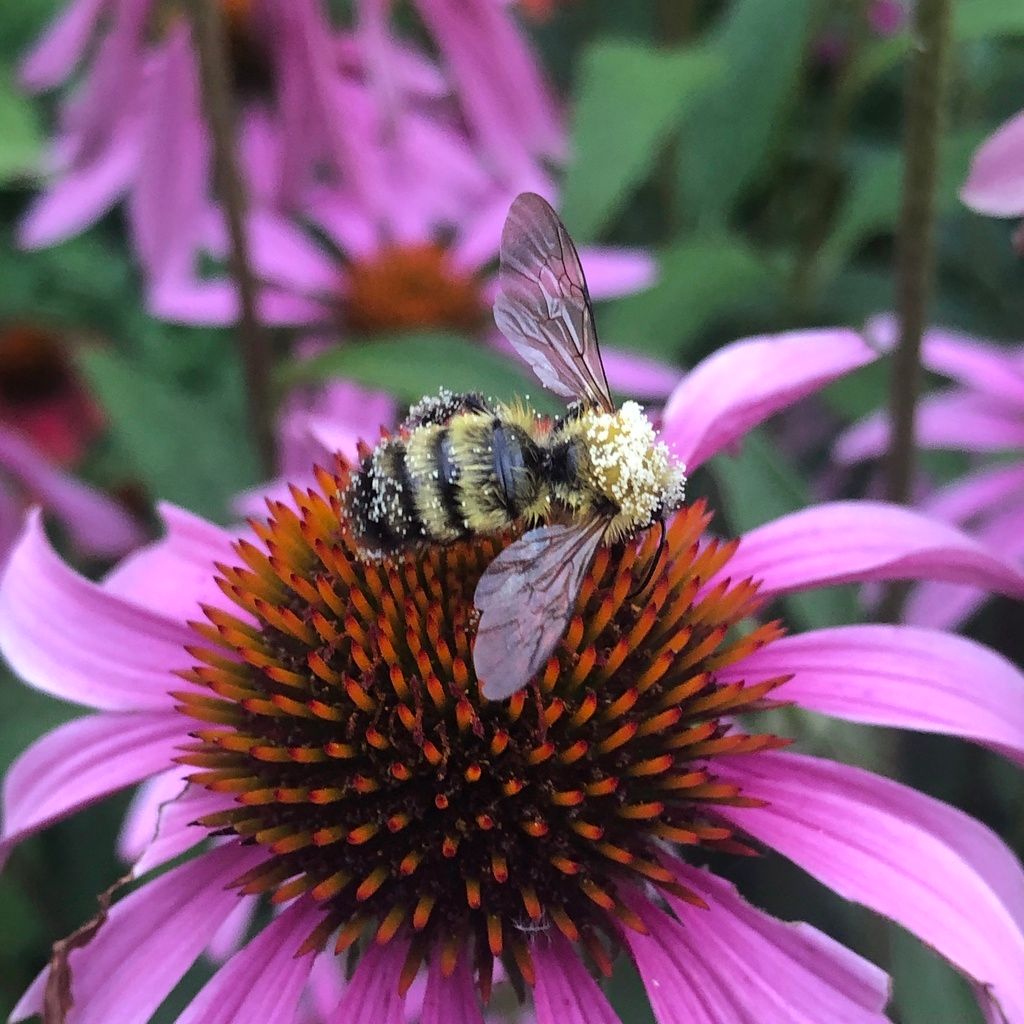
Eco-Friendly Actions You Can Take at Home
Whether you know it or not, you are the steward of the land that you reside on. It is an incredibly important duty - how you manage your land will determine if it supports your local ecosystems or detracts from them. We should all want functional, healthy, and vibrant local ecosystems because they quite literally sustain our way of life! Here are some things you can do to make a positive ecological change in your yard:
-
Reduce your lawn - consider replacing some of your lawn with a variety of native wildflowers, shrubs, or trees! Lawn requires a lot of work and energy to maintain, and it provides almost no ecological or environmental benefits. If you don’t have much gardening experience, start with a small garden (even a 3x3’ square can make a big difference) or plant one native tree!
-
Stop spraying - reducing or eliminating the use of pesticides such as mosquito foggers, rodenticides, and the large-scale application of herbicides on your lawn can significantly increase the number of beneficial insects in your yard, such as butterflies, moths, and lightning bugs/fireflies. If you have mosquito issues, try these mosquito dunks instead!
-
Plant keystone native plants - Instead of a Crepe myrtle or a boxwood, consider planting the critical native plants that support the most amount of wildlife and ecosystem function. Native oak trees, cherries, willows, goldenrods, asters, and sunflowers can support hundreds of species of insects, birds, and other wildlife. You can learn more about which plants are best for your area here. Don’t have space to plant in the ground? Try container gardening with native plants!
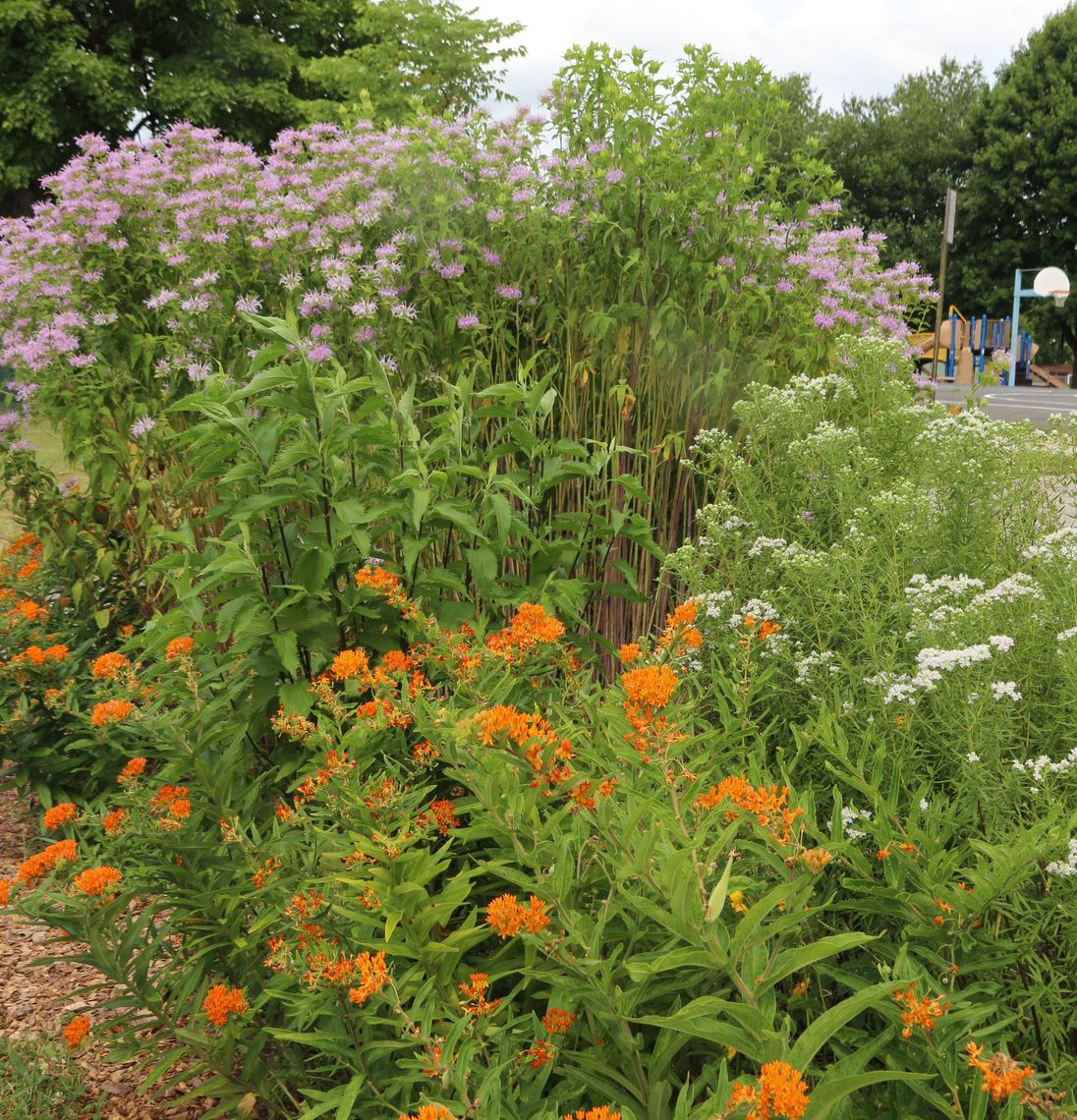
Community-Level Native Plant & Restoration Projects
Bringing this work into your local community can be difficult at first, as it often requires obtaining permission from local municipalities or landowners. I always recommend starting with small, easily manageable projects, and then working to scale things up as you build relationships and trust over time. However, the impacts of these community projects often reach a wider group of people in your area and present unique educational opportunities, which can help to shift local ideologies about ecological gardening or native plants. They are also a great opportunity to team up with others who may be doing similar work in your area! Here are some things you can consider doing in your community:
-
Install a pollinator garden or plant trees at your local park - work with your local municipality to target an appropriate public space for a new garden or for some new native trees. These can help beautify a park while also improving habitat. Consider including a few educational signs about which plants were installed, or why these plants are important!
-
Restore existing woodlands or grasslands - unfortunately, many of our remaining natural areas have gone unmanaged for decades. Providing even a bit of proper care in these areas can really help them rebound from previous issues. For example, consider hosting a volunteer event to cut invasive vines off of native trees in a local woodland, or to cut down invasive Callery Pear trees that are taking over a meadow!
-
Start or join a local eco-restoration group or environmental non-profit - luckily, the Philadelphia area has many terrific groups doing ecological restoration and environmental education work. All of them need more volunteers and help! This is also a great way to learn about the ecosystems around you.
-
Learn about your local plants through iNaturalist or by joining a local bioblitz - iNaturalist is a free citizen science app and website where you can learn about and document the species you experience. It will help you learn about what living things reside in your area, and will connect you with other local naturalists. This is how I first learned to identify the trees in our area!

Proof That Small Steps Create Real Change
Ultimately, any action you take is better than doing nothing, and collectively, these small actions can add up fast! Whenever I begin to doubt this, I look at the Perplexing Bumble Bee pollinating the coneflowers that I planted in my yard, or at the Oak Flake Gall Wasps that have formed fuzzy white protrusions on the Swamp White Oak we planted at my local park – our small actions make all the difference in the world for these creatures!


